Recycled timber is making waves in New Zealand’s construction and design sectors, offering a sustainable and unique alternative to new timber. Let’s dive into why recycled timber is a smart choice, how it benefits the environment, and what to consider when incorporating it into your projects.
What is Recycled Timber?
Recycled timber is essentially repurposed wood salvaged from old structures such as buildings, bridges, wharves, or railway lines. This wood is given a new lease on life instead of ending up in a landfill or decaying away. This approach is sustainable for the environment and adds a rich history and unique character to many new constructions.
Where Does Recycled Timber Come From?
You’d be surprised at the diverse sources of recycled timber. Old buildings, barns and houses provide smaller, unique hardwoods like flooring, fascia, sarking, etc, while bridges and wharves are perfect for large, heavy beams that are impressive and rich in history. Railway lines provide used sleepers that are great for landscape applications and public spaces in the form of street furniture and cityscape applications such as bollards, wheel stops and planters. All sizes in between can be from the byproduct of processing some of the above uses, where waste is avoided wherever possible, and potential value in future uses may be found. – Never throw away a good piece of old hardwood timber!
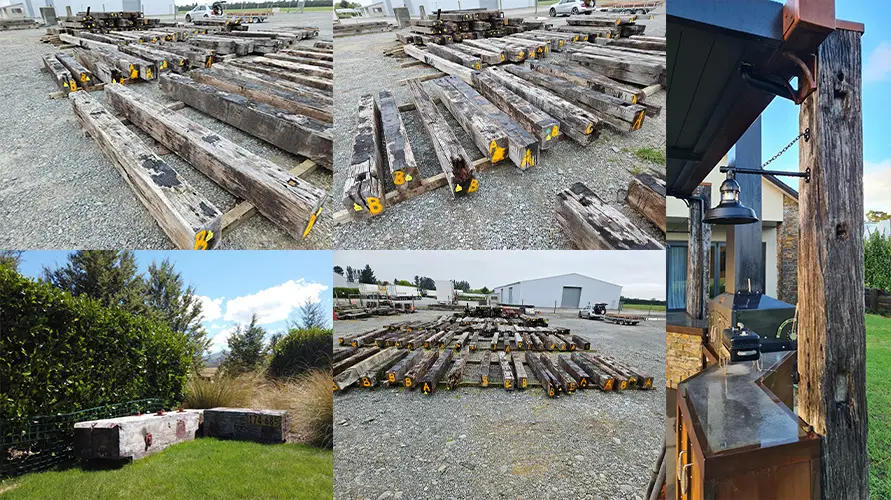
Types of Recycled Timber Uses
Recycled timber can be incredibly versatile. Large beams can be used for trusses, exposed framing, or even public seating for architectural designs. In landscaping, railway sleepers are ideal for retaining walls, steps, and raised gardens. For interiors, smaller, boutique reclaimed timbers are perfect for cladding, ceilings, and other visually stunning elements. This is where the team approach is most beneficial, incorporating a client’s preferences with a designer who can interpret and envisage the finished design while being aware of the sourcing and installation requirements.
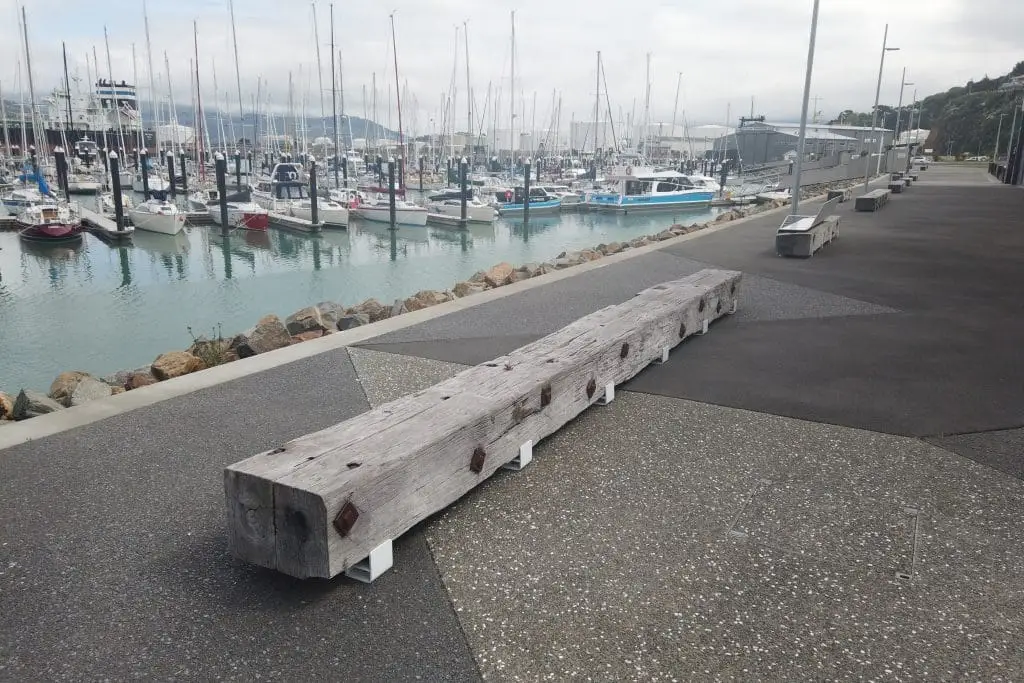
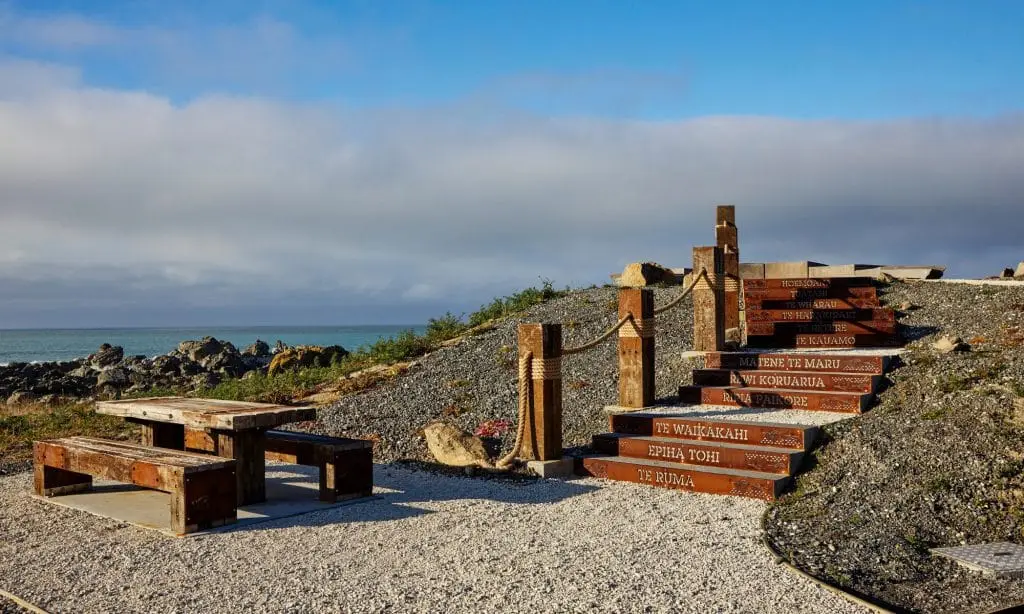
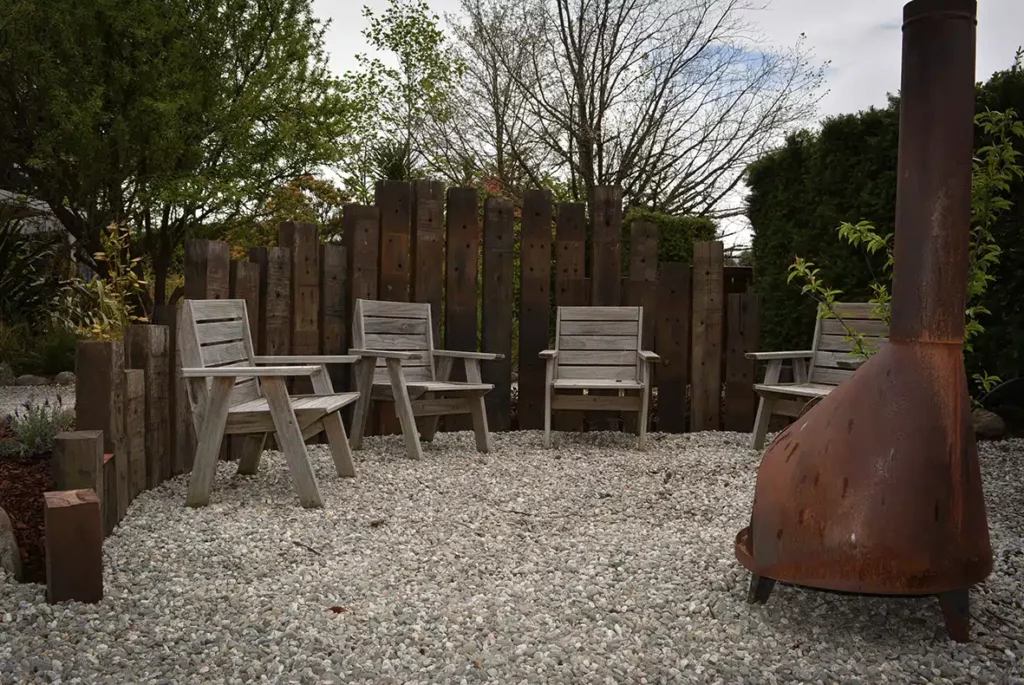
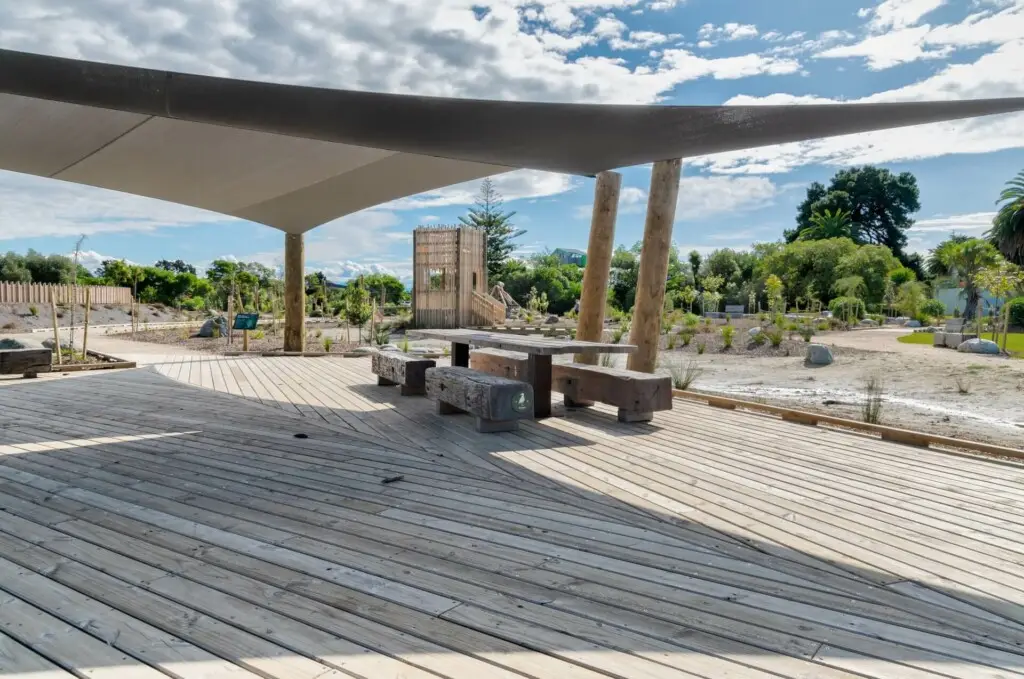

Benefits of Using Recycled Timber.
There are many reasons to choose recycled timber. Environmentally, it helps keep carbon locked up in its current state and reduces landfill waste.
- Resource efficiency is another significant benefit, as using recycled timber reduces the need for new timber, saving forests and reducing the environmental footprint of timber processing.
- Aesthetically, recycled timber is highly customizable in texture, colour, and size to fit your vision. Additionally, recycled timber, especially hardwood, is incredibly tough and can last for decades, providing durability and longevity to your projects.
- More importantly, however, recycled timber provides a natural element in a setting loaded with history and surely has a story to tell. Recycled hardwood brings a warmth and sense of solidity that other manmade materials cannot replicate. While modern hard and heavy materials like concrete and steel have their place in contemporary designs, nothing else complements a design quite like reclaimed timbers.
Challenges with Recycled Timber
It’s not always easy to use recycled timber, especially hardwood, but it is extremely rewarding when it all comes together and will be there to enjoy long-term.
Finding the right piece can be time-consuming due to rarity, so finding the right team to help you source and select can be pivotal to keeping things moving in a timely fashion.
Not all reclaimed wood is ready for use straightaway – it is not an ‘off the shelf’ product!
Depending on the size and finish sought, it may require adapting or processing, which can take time, so be sure to have adequate lead time when planning.
Recycled timber is seldom used for structural purposes, so understanding design requirements early on allows for easier (and less stressful!) installation closer to build time.
Fitting rustic, reclaimed, and recycled timber can be a bit of a craft. A touch of mindfulness goes a long way in preserving often one-off pieces during the installation, as these timbers are finishing pieces, so often in highly visual areas. Don’t be shy to ask for help; perhaps allow a little extra time.
Frequently Asked Questions
- How is recycled timber sourced? Recycled timber is salvaged from demolitions of old buildings, reclaimed from heavy industries like railway networks, and decommissioned aging infrastructure like bridges, wharves, and more. This wood is then assessed and tidied to ensure it’s suitable for re-use.
- Is recycled timber cost-effective? While it may seem pricey due to its rarity and processing needs, its unique look and environmental benefits make it worth the investment. Hardwood is a long-term material, so it is quite comparable to other manmade materials when considering lifespan and aesthetic value. It is often not as cost-efficient as newly manufactured timbers, but each serves different functions.
- Can I use recycled timber for structural projects? Generally, no. Unless an engineer inspects and signs it off as suitable. Recycled timber is best for visual and aesthetic purposes, which keeps costs appropriate. Use structural material for structural requirements.
- What should I consider when using recycled timber? Be flexible with your design, plan early, and consult with suppliers and designers to ensure a smooth process. Understanding the unique nature and practical implications of recycled timber is important. When the project can be more adaptable with time allowance, it allows for better solutions for better outcomes.
Is Using Recycled Timber a Good Idea?
Absolutely! Using recycled timber solutions is not only aesthetically pleasing but also a durable choice. By engaging with recycled timber suppliers like Interlink early in the design process and keeping flexibility in mind, homeowners, builders, and designers can achieve stunning results while contributing to environmental conservation.
Recycled timber’s charm and sustainability make it an excellent choice for any project. Remember, the earlier you plan and consult, the better your results will be. Incorporate this eco-friendly material into your designs and build something truly unique while helping the planet.
By choosing recycled timber, you’re not just adding character to your project; you’re also positively impacting the environment. This eco-friendly material reduces waste, conserves natural resources, and brings your space a touch of history and uniqueness. Imagine incorporating a piece of a historic bridge or a vintage railway sleeper into your home – it’s not just a construction material but a conversation piece that tells a story.
Practical Tips for Using Recycled Timber
When planning to use recycled timber, start by consulting with a supplier to understand the wood’s availability and characteristics. The best clients are the ones who ask, “What do you have?” Early engagement with designers and builders can help incorporate the unique features of recycled timber into your project. Flexibility is key—be open to adapting your design to accommodate the timber available, which can help avoid escalating costs and ensure a smooth construction process.
Using recycled timber is not just a sustainable choice; it’s a smart, creative, and responsible decision that reflects a commitment to environmental stewardship. So, whether you’re building a new home, renovating, or looking for unique design elements, consider the benefits and beauty of recycled timber. Embrace this sustainable movement and create something that looks good and does good for the planet. Interlink is always keen to chat through your vision and source the reclaimed timbers that are right for you.

